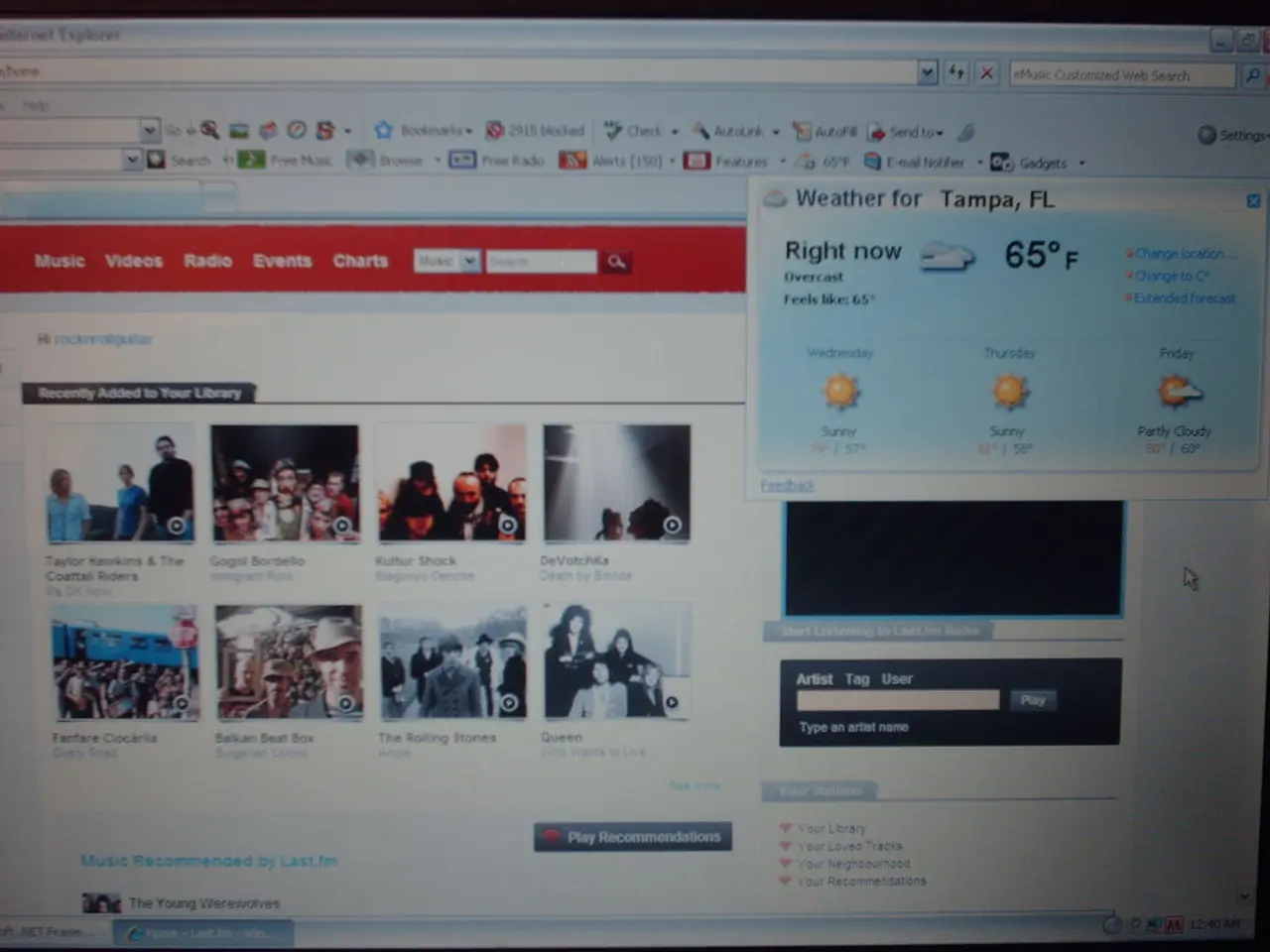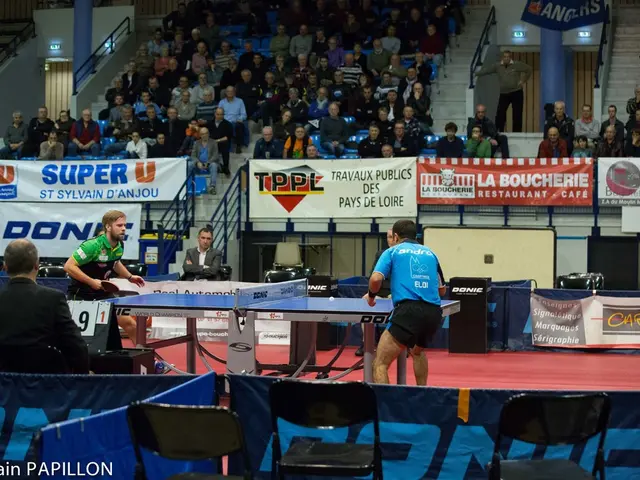Website design progression: Transitioning from flat aesthetics to engaging, realistic experiences.
As technology advanced and browser capabilities expanded, a new wave of web design emerged, prioritizing user experience over layout. This shift, which emphasized interactivity, movement, and memory, aimed to bring the same sense of craft, energy, and immersive storytelling into the digital world.
One company that found its digital presence not doing justice to its physical brand experiences was ISI Global. To address this, the agency embarked on a mission to reimagine ISI Global's website, incorporating playful 3D elements, microinteractions, and a future-proof content management system.
The brief for any digital space, whether for a VFX powerhouse like UPP or a high-growth B2B company like Incentive Games, is to create one that feels right, not just looks good. For ISI Global, this meant a sleek, editorial-inspired platform that feels just as experiential as the environments the company creates.
The UPP website features cinematic storytelling, game-inspired UX, and a custom backend for flexibility and control without compromising design integrity. Modular layouts showcase the breadth of ISI Global's offering, while flat design emphasizes simplicity, function, and mobile-friendliness with color blocks, clean icons, typography-led layouts.
Scroll-triggered animations play a key role in guiding users through the ISI Global site, adding a tactile feel to the journey. Skeuomorphic design elements, such as shadows, gradients, bevelled buttons, and trash icons shaped like old-school metal bins, have been thoughtfully incorporated to enhance the overall aesthetic.
The result is a website that feels modern, immersive, and engaging. The future of web design, it seems, is emotionally intelligent, strategically led, and built for lasting engagement.
Designers now think like storytellers, carefully crafting visual and narrative arcs, while developers become experience builders, using code like choreography to lead the user through a journey. Immersive design today involves thoughtful interactions, seamless storytelling, and intentional motion where form meets function with feeling.
In a recent partnership, the agency worked with Universal Production Partners (UPP) to create an interactive 3D website that feels like stepping into a digital universe. This partnership underscores the agency's commitment to pushing the boundaries of what web design can achieve.
The design trend known as "flat design" dominated the early 2010s, replacing skeuomorphic design which mimicked real-world objects. However, the new wave of web design, as demonstrated by ISI Global's website, is a return to a more tactile, immersive experience, one that engages users on a deeper level.
While the company that created an interactive 3D website in 2025 to showcase their work in visual effects, embedding it into the core of the topic, is not explicitly named in the available search results, 3D visualization agencies use advanced web technologies like WebGL and Pixel Streaming to create such immersive websites for visual effects presentations.
Creating a digital space that feels right involves avoiding miscommunication headaches, scope creep, expectation misalignment, and brand inconsistency. The agency's approach to web design, as demonstrated by the ISI Global website, is a testament to this commitment.
In conclusion, the future of web design is exciting, with a renewed focus on user experience, interactivity, and immersive storytelling. The work done by the agency for ISI Global and UPP serves as a shining example of what can be achieved when designers and developers work together to create digital spaces that not only look good but also feel right.
Read also:
- Peptide YY (PYY): Exploring its Role in Appetite Suppression, Intestinal Health, and Cognitive Links
- Toddler Health: Rotavirus Signs, Origins, and Potential Complications
- Digestive issues and heart discomfort: Root causes and associated health conditions
- House Infernos: Deadly Hazards Surpassing the Flames








